Jun 19, 2025
Author:Sam Wonder
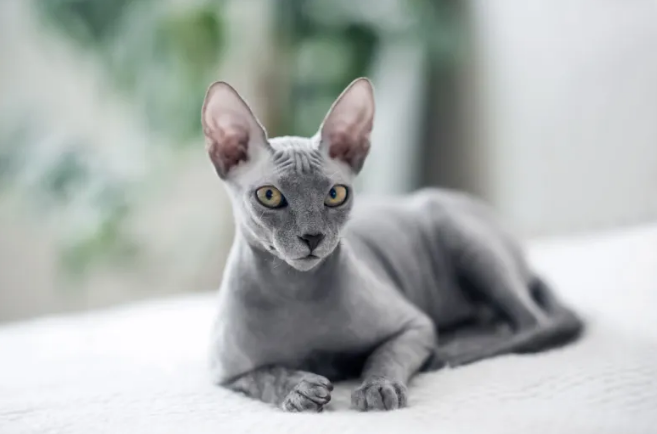
Many people first notice the Donskoy cat because it has almost no hair. Some owners call it the Russian Hairless, but the breed offers far more than a smooth coat. This detailed guide shows how the cat started, what it looks like, how it behaves, and what care it needs.
Along the way, you will learn health facts, feeding advice, training tips, and the best ways to keep the cat happy in a home or small apartment. By the end, you will know if the Donskoy cat fits your lifestyle and how to meet all of its needs.
The story of the Donskoy cat began in Rostov-on-Don, Russia, in 1987. A local teacher, Elena Kovaleva, found a small female kitten with bald patches on the street. Many thought the kitten lost hair due to disease, but a vet found no health risk. When the kitten grew up and had her own litter, half the kittens showed the same hairless look.
Breeders soon noticed the trait came from a dominant gene. They created a program to fix the new breed’s traits and called it 'Don Sphynx,' merging the Don River region with its likeness to the Sphynx cat. In 1997, the World Cat Federation accepted the breed under the name Donskoy cat.
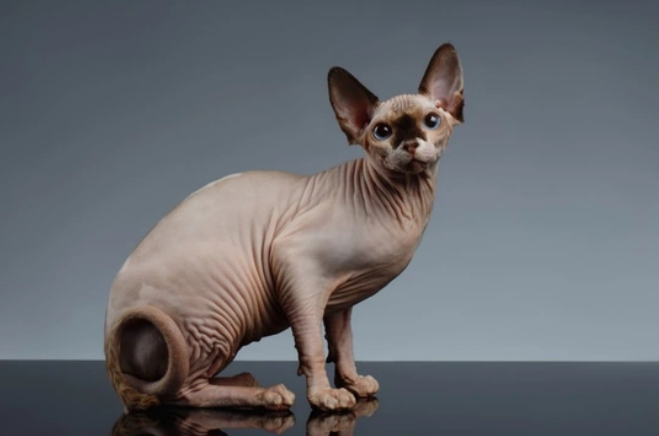
Though many call it hairless, the Donskoy cat can have four coat types:
1. Rubber Bald – born without any hair.
2. Flocked – a soft feel like suede.
3. Velour – thin curly fuzz that may vanish as the cat grows.
4. Brush – a wavy, short coat that often stays.
Some cats shed remaining fuzz in warm months and grow a bit back in winter. Owners should inspect the skin weekly for sunburn, dry spots, or clogged pores.
The body looks sturdy and muscular. Males weigh 7–11 pounds while females weigh 5–9 pounds. Legs stay long yet strong, giving the cat a proud stance. Paws are oval with long, slim toes that help with climbing. The tail tapers to a point, matching the body’s smooth lines.
The head forms a wedge shape. Large almond eyes tilt slightly upward, giving a wise look. Ears stand high and wide at the base, which helps release body heat. Wrinkles appear on the forehead and around the cheeks when the cat looks curious.
People often think a hairless cat feels cold or distant, but the Donskoy cat surprises many. It shows a warm and steady nature, making it ideal for homes with kids or other pets. The cat greets you at the door, follows you around, and offers soft chirps to get your focus.
The breed learns quickly and enjoys mental games. Puzzle feeders, short clicker lessons, and simple fetch sessions keep the mind keen. If you plan a long trip, a timed feeder can release food on a schedule, giving both food and fun.
These cats crave touch. Skin contact helps them stay warm since they lack a thick coat. Set aside daily play and cuddle time to meet this need. If left alone often, the cat may seek warmth in odd spots or show stress by pooping on the bed.
The Donskoy cat does best indoors, where you can control heat and drafts. Drafts can drop skin temperature fast. A warm blanket or a soft, heated bed helps. Monitor indoor humidity, as dry air leads to flaky skin.
If you want outdoor time, use a safe catio or a harness. Always apply vet-safe sunblock on lightly pigmented skin. Large balconies often need cat nets to block escapes.
Some owners love road trips with pets. If you need to travel with your cat, introduce the carrier early, keep the car warm, and add a soft fleece pad. The cat may sweat more during stress, so pack gentle wipes.

It may seem odd, but hairless cats still need grooming. Skin collects oil and dirt. Weekly baths with warm water and mild kitten shampoo help. Dry gently with a soft towel. Rinse the ear canal once a month to remove wax.
A short daily wipe using a damp cloth removes loose oil. If you wear dark outfits, use a lint roller or try tips for getting cat hair off clothing to stop stains.
Clip nails every two weeks. Add a scratching post to save furniture. Brush teeth with feline paste every other day. Early habits prevent tartar buildup and costly vet visits.
Hairless cats burn more calories to regulate body temperature. Pick a high-quality wet and dry mix with 35–40 percent protein. Follow a set schedule to avoid weight gain. The portion control guide offers clear measures.
Cats often neglect water. A fountain makes drinking fun and helps skin stay moist. Read the water bowl debate to choose the right setup. Perform fountain maintenance each week to stop algae.
Use freeze-dried meat treats sparingly. Avoid onions, garlic, and raisins. Some cats enjoy cucumber slices; see if yours can handle it with this quick guide for curious cats.
Oil buildup can clog pores. Weekly baths prevent blackheads. If severe, a vet may suggest a gentle antiseptic wash.
The thin skin burns fast under strong sun. Apply pet-safe lotion and limit midday exposure. In cold zones, choose a soft cat sweater. At night, a heated pad maintains warmth.
Some lines show gum disease early. Daily brushing and yearly cleanings help. Dry kibble with dental ridges reduces plaque.
Hairless breeds sometimes face kidney strain. Schedule routine labs and follow kidney care tips. Hydration helps flush toxins, so track water intake.
Fixing the cat at six months controls hormone swings and lowers cancer risk. See why vets urge spay or neuter for long-term health.
A hairless cat moves with high energy in short bursts. Offer climbing trees and puzzle toys. Rotate toys weekly to keep things fresh. Use interactive wands in 10-minute play blocks. For busy owners, auto feeders that drop small meals create 'hunt' time and cut boredom, as shown in this smart feeding solution.
The Donskoy cat usually learns the box fast. Pick a low-dust, unscented litter. Clean once a day. If accidents happen, check for medical triggers or stress. Steps in this litter guide may help.
Teach 'sit,' 'come,' and 'high five' with a clicker and treats. Keep sessions under five minutes. End each lesson on a success to build trust.
Supply horizontal and vertical posts. Sprinkle catnip to draw the cat. Reward the use of legal scratch zones. Discourage couch clawing by blocking access with double-sided tape.
Owners often dress hairless cats, but not every outfit suits. Pick light cotton shirts in summer and fleece in winter. Avoid tight seams that rub. Remove clothes daily to inspect skin.
Harnesses need soft edges to prevent chafing. Measure chest girth before purchase.
If you plan to breed, test for genetic issues. Match lines wisely to keep strong immune traits. Follow the code set by cat fancier groups. Backyard breeding hurts the gene pool and can raise defect rates.
Pick breeders who let you visit the cattery, show health papers, and offer a contract. Ask to meet both parents if possible. Inspect for clean ears, bright eyes, and a strong build.
Rescues may house retired breeders or cats abandoned due to allergies. Use video calls to view the cat if travel limits visits.
Close small gaps behind stoves and dressers. Keep room temps near 72°F. Lay blankets on high perches to trap warmth.
Use scent swap first. Feed the new cat on one side of a door while the old pet eats on the other. Gradual steps prevent fights.
Teach children to stroke gently. Discourage rough grabs. Provide a tall shelf so the cat can retreat when it needs quiet.
The Donskoy cat stands out not only for its rare look but also for its friendly nature. It craves human contact, learns fast, and adapts to apartments or large homes. Owners need to follow a firm routine of baths, skin checks, and rich nutrition. With proper care, the Donskoy cat rewards you with loyal company and playful charm. If you seek a social pet and can give warmth, time, and health upkeep, the Donskoy cat may become your perfect match. Follow the advice in this guide, and your Donskoy cat will stay healthy, active, and happy for many years.
Label:
Popular Post

What to Feed a Sick Dog With No Appetite? [2025 Guide]
May 16, 2023
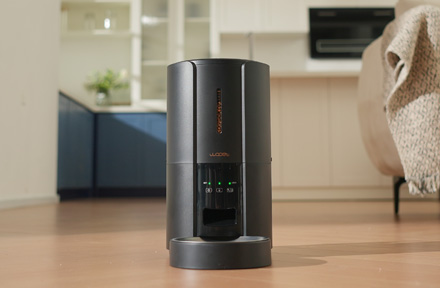
Troubleshooting Common Issues with Automatic Pet Feeders: Tips & Tricks for Pet Owners
Oct 26, 2023
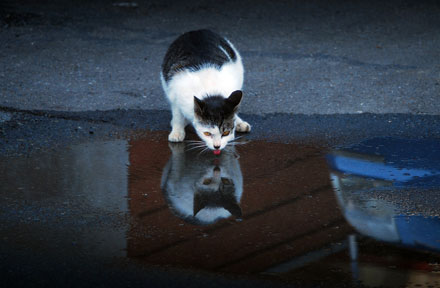
Why Does My Cat Cough After Drinking Water? 8 Potential Reasons
Mar 13, 2023
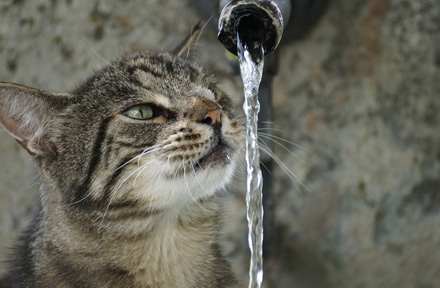
Why is My Cat Throwing up Water? Top 5 Causes Here
Feb 08, 2023
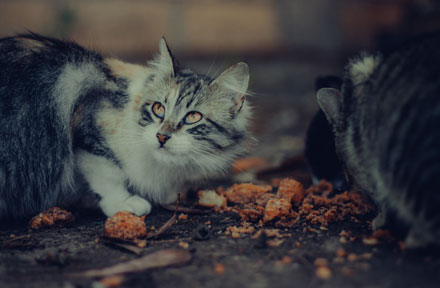
My Cat Only Eats A Little at A Time - What to Do?
Feb 27, 2023
$99.99
$129.99
Copyright © 2025 WOPET. All Rights Reserved.